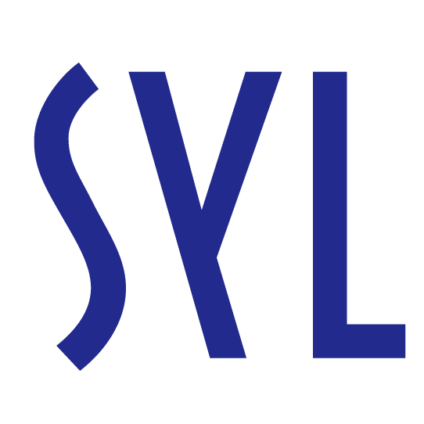The accessibility plan for higher education and higher education institutions was given to the Minister of science and culture in June. The plan is based on the goals for promoting equality in the Marin government programme. The end goal is to increase the levels of education and competence in all stages of education, narrow down differences in learning and increase equality in education. The government programme is also committed to free degree education. So, the goals are ambitious and the measures are planned out. The only thing missing is sufficient funding to secure implementation.
There is two years worth of preparation behind the two hundred page accessibility plan, during which time we have listened to several interest groups, and a science panel has been supporting the rapporteur. The end result is a comprehensive account of accessibility within higher education. The plan takes into account family background, regional accessibility of higher education, gender-based diversification, immigrant background, disability, language and cultural minority status, diverge learning, and sexual and gender minority status.
The plan lists 38 goals. The goals include formulating school-specific accessibility plans and establishing an accessibility forum. The list of goals was significantly cut down after the comment round, since higher education institutions thought that several of the goals would be achieved naturally. Fortunately the removed goals were left as appendixes to the plan, as even if they certainly should be achieved naturally, that is not the case for everyone. For example, I would challenge the assumption that the entire staff in every higher education institution would be familiar with accessibility, encountering diversity, and the pedagogy of integration, or that the higher education institution’s practices to develop study skills will take into account the diversity of students. The report , completed last year, states that the equality work in higher education institutions is half-hearted on the level of plans, let alone when putting them into practice.
One of the central reforms in the plan is that promoting accessibility is to be written into the Universities Act and the Universities of Applied Sciences Act. The plan cannot be blamed for forgetting the guidance aspect, as in addition to the legal obligation, it proposes that accessibility plans of universities be made part of their performance management and quality assurance. Although higher education institutions generally reacted favourably to the accessibility plan draft, the proposal that the new responsibility would be written into law and the strong steering methods were opposed by nearly everyone, including Unifi and Arene. The reasons included the promotion of accessibility departing from other responsibilities dictated by law, existing legislation (including the Equality Act and the Non-Discrimination Act), autonomy, and the desire to keep to their basic tasks. Considering the current apathetic state of the promotion of equality, strong steering methods are called for. It is unfortunate that higher education institutions are opposed to them.
The plan’s proposals for the higher education institutions’ own accessibility plans and establishing an accessibility forum that makes cooperative development possible received strong support during the comment round. The accessibility forum is an inspiring idea, since bringing along researchers, interest groups, and representatives from other levels of education to develop accessibility sends the optimistic message that the end result will succeed.
However, the funding outlook casts a shadow over the good plans. Ambitious plans are made while the government makes cuts to science, something that will also hit education. One of the central methods to improve accessibility, also listed in the plan, is accepting additional new students. This is also carried out this year. However, the resources are not increasing accordingly. How can higher education institutions improve upon accessibility and equality if the number of students increases faster than the available money? For example, it will be impossible to improve guidance counselling if the teacher-to-student ratio declines. More students might be accessed into higher education institutions, but the accessibility work will end up a half measure unless sufficient funding is secured for basic activities.
Camilla Saarinen
Board member




